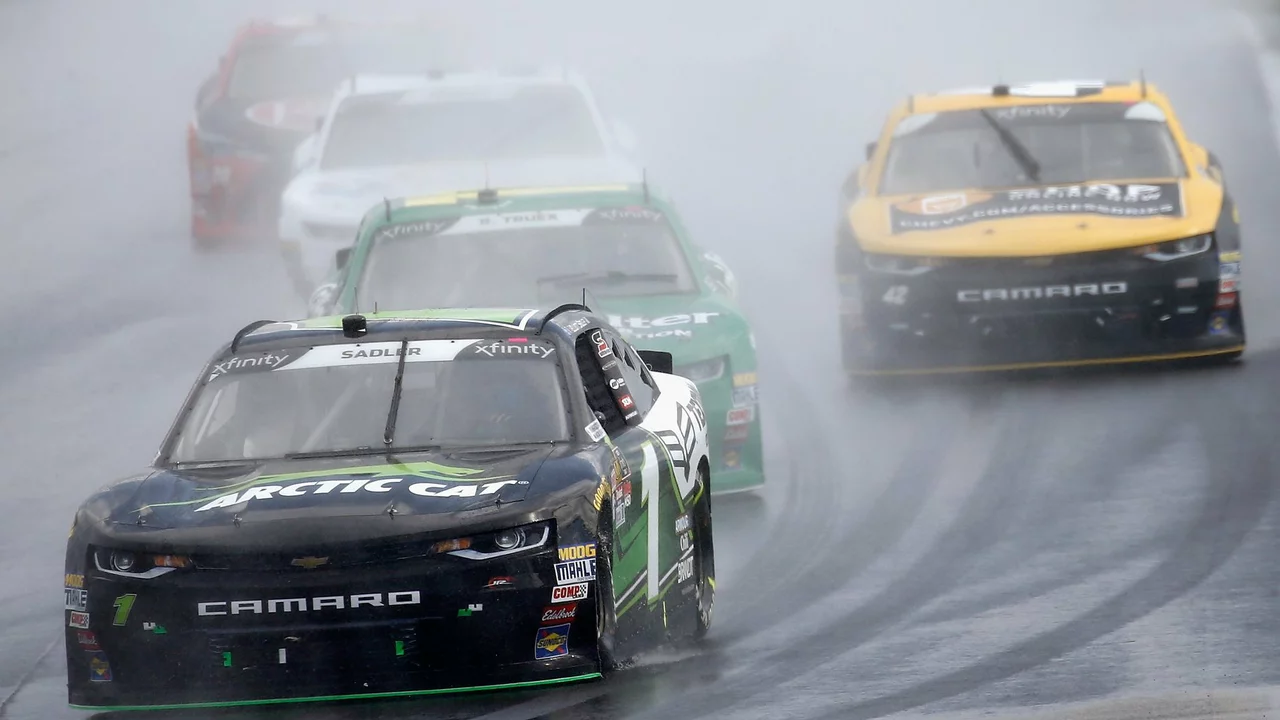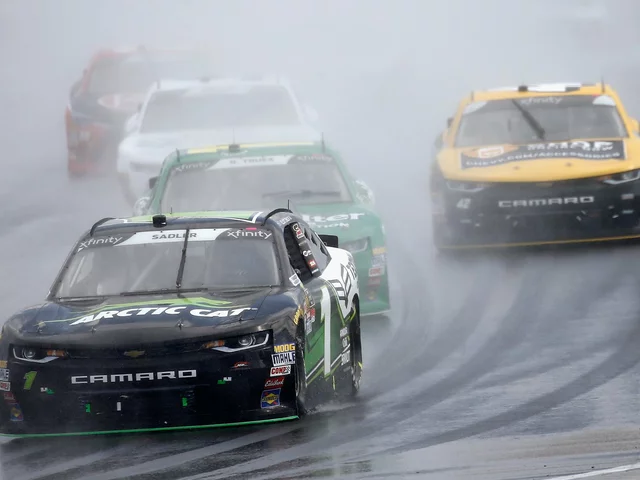Racing Conditions: What Really Shapes Your Performance on the Track
When you line up on the grid, the first thing you’ll notice isn’t the roar of the crowd – it’s the air around you. Temperature, humidity, wind, and the state of the tarmac all pull the needle on how fast you can go and how long your car will stay reliable. Understanding these factors isn’t a fancy extra; it’s the core of any race‑day strategy.
Why Weather Matters More Than You Think
Hot days push engine temperatures up, which can melt oil faster and force you to run richer fuel mixes. That means a dip in power if you don’t adjust. Cold air, on the other hand, is denser and gives you a bit more grunt, but it also makes the tires sluggish until they heat up. Rain is a whole other beast – it reduces grip, changes braking distances, and forces you to think about aquaplaning. Even a light breeze can affect aerodynamics; a headwind may slow you on straights while a tailwind can give a sudden burst that throws off gear ratios.
Track temperature is the silent partner in this dance. A slick, cool surface offers high grip for the first few laps, but as the sun beats down the asphalt softens, the rubber can melt, making the cornering line slippery. Conversely, a chilled track after an evening race stays firm, letting you push harder later on. Teams constantly monitor surface temperature with infrared sensors and adjust tire pressures on the fly.
Practical Tips for Managing Racing Conditions
First, check the forecast at least 24 hours before the event. Look beyond the temperature – note humidity levels and chance of rain. If the outlook is volatile, bring a spare set of tires tuned for both wet and dry conditions. Second, use the warm‑up lap to feel the grip. If the tires squeal, you’re probably on a hot surface and may need higher pressure. If they slip, drop a few kPa and let the rubber warm up.
Third, watch your cooling systems. In hot weather, open extra vents or increase coolant flow; in cooler temps, you can afford smaller ducts to reduce drag. Fourth, adapt your driving style. Brake earlier on a slippery track, and trail‑brake less aggressively when the surface is greasy. Finally, stay flexible. Real‑time data from your team can flag sudden temperature spikes, letting you tweak settings before the next lap.
Every race is a puzzle, and the weather is the most unpredictable piece. By treating racing conditions as a set of variables you can measure and adjust, you turn uncertainty into advantage. Keep an eye on the sky, feel the tarmac, and let your car adapt – that’s the closest you’ll get to mastering the track, no matter what nature throws at you.
 28 July 2023
28 July 2023
Do auto races take place in the rain?
Alright, my speed-loving friends, you've been asking, and I'm here to spill the beans - do auto races take place in the rain? The answer is, drumroll please, yes and no! Some racing series, like Formula 1, embrace the wet stuff and call it an exciting twist - like adding hot sauce to your favorite taco. But on the flip side, NASCAR tends to put the brakes on when the skies open up, mainly because their cars are as good on wet tracks as I am at juggling chainsaws! So, there you have it, a mixed bag of damp and dry, just like British weather!





0